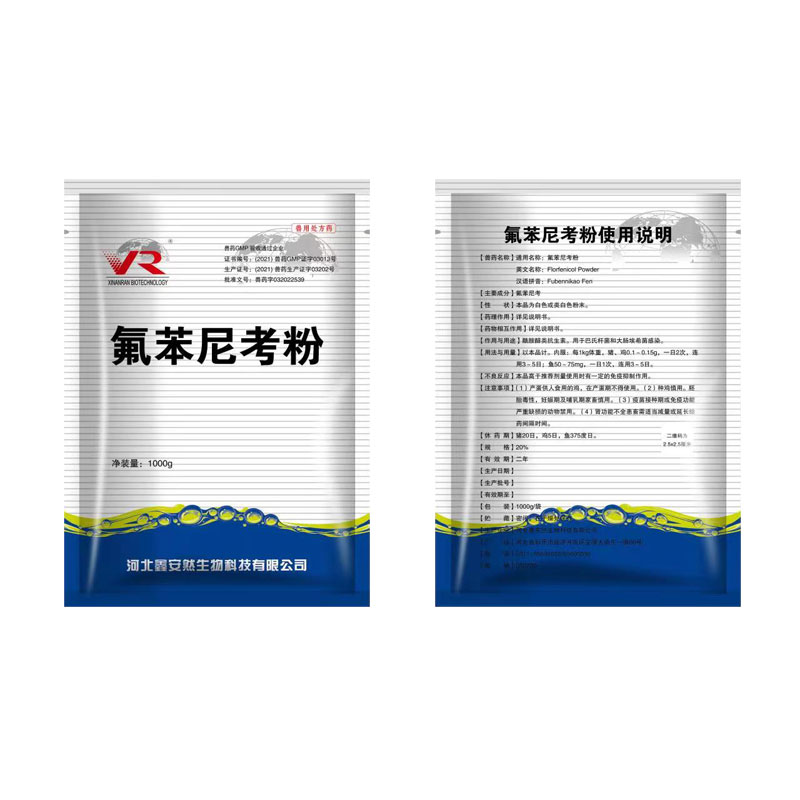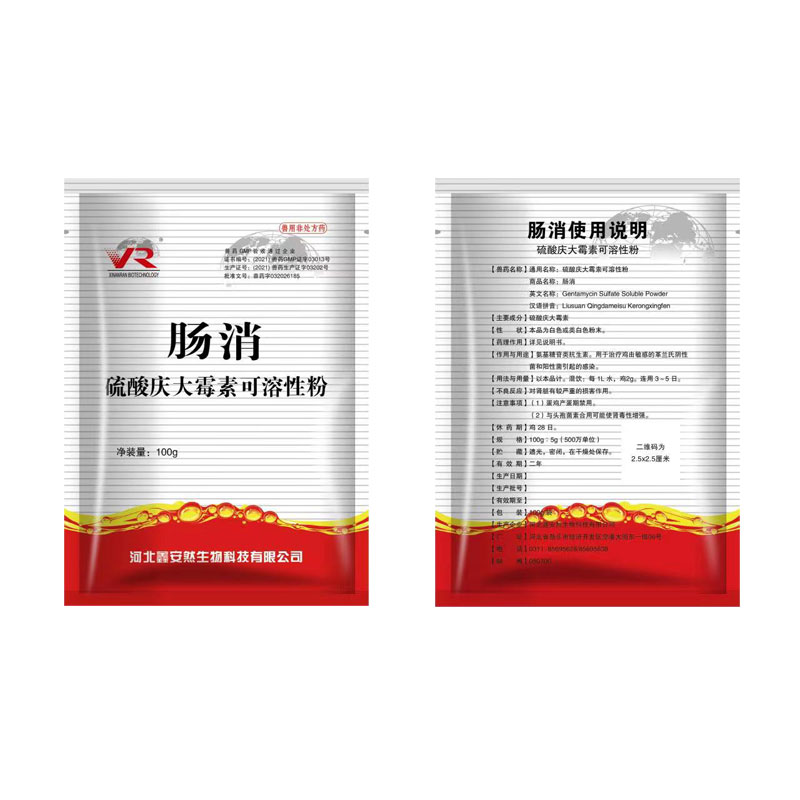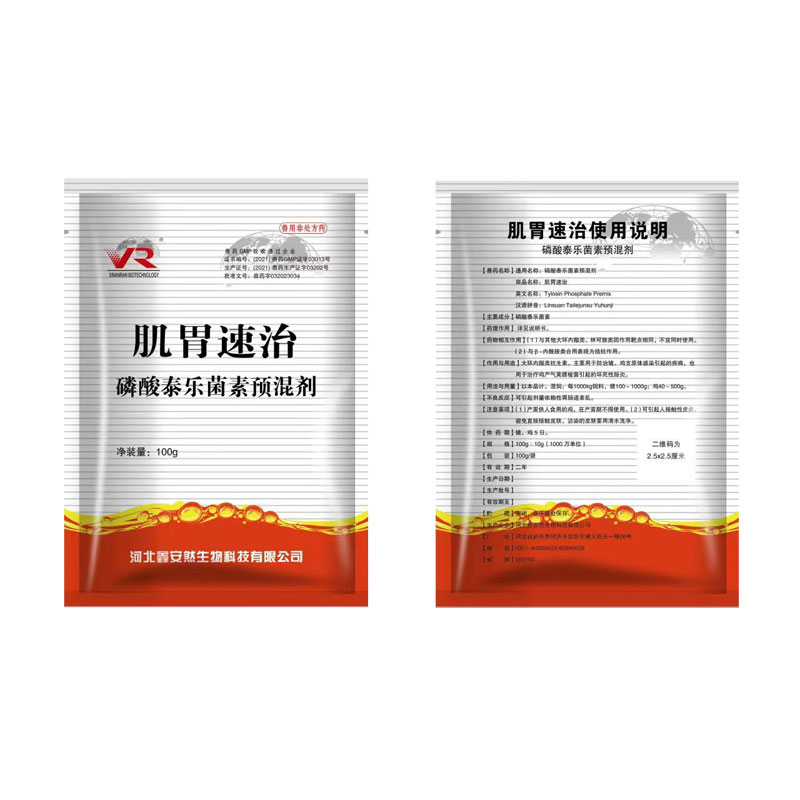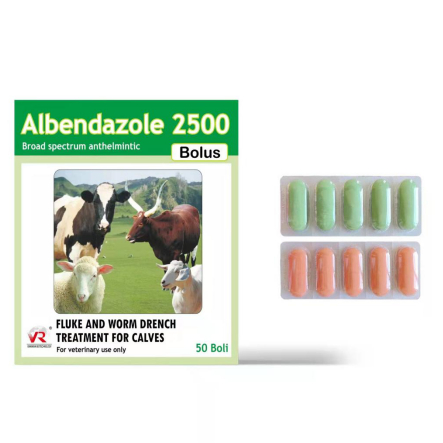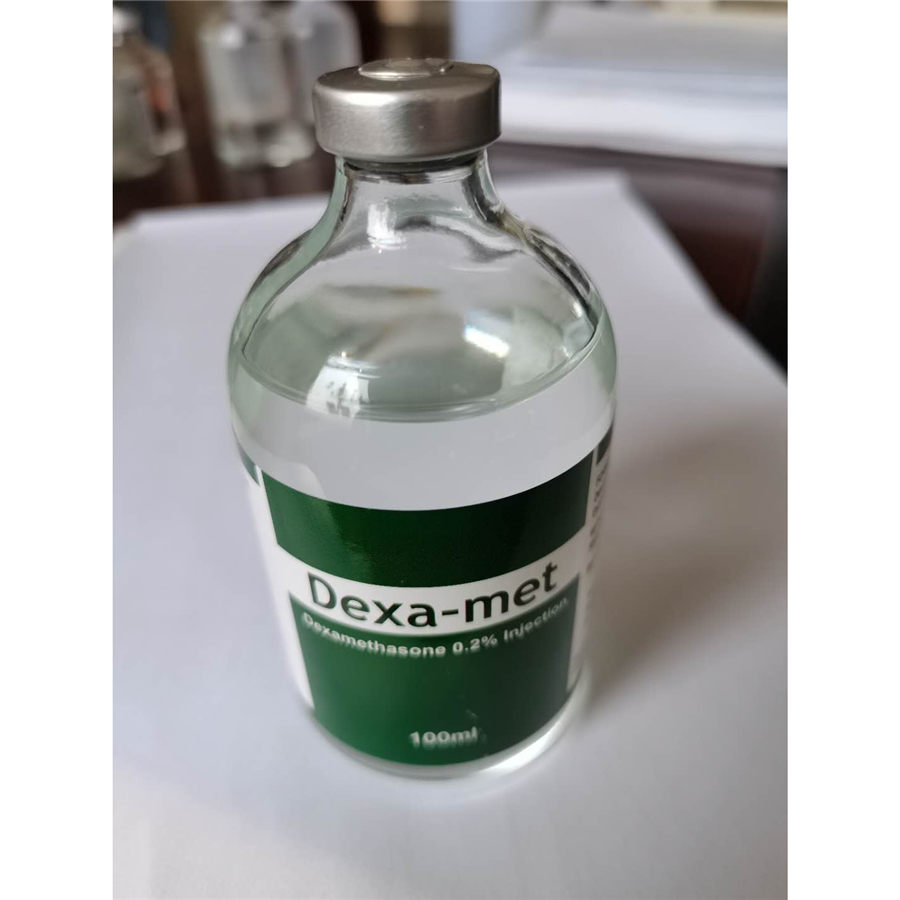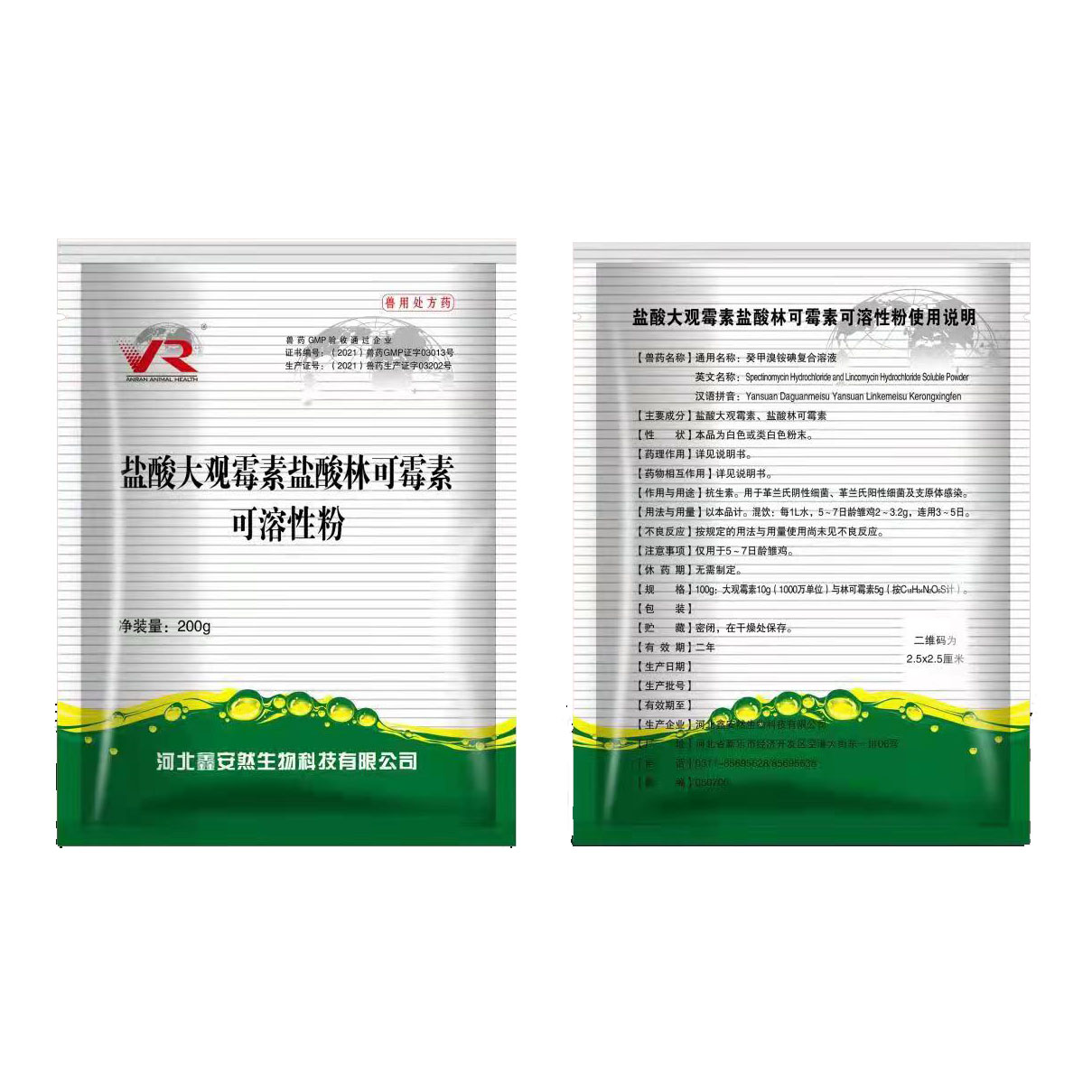Florfenicol Powder
[Main ingredients] florfenicol
[Character] This product is white or almost white powder.
[Pharmacological action] Pharmacodynamics: florfenicol belongs to broad-spectrum antibiotics of amide alcohols and bacteriostatic agents. It plays a role by combining with ribosomal 50S subunit to inhibit the synthesis of bacterial protein. It has strong antibacterial activity against a variety of gram-positive and gram-negative bacteria. Pasteurella haemolytica, Pasteurella multocida and Actinobacillus pleuropneumoniae were highly sensitive to florfenicol. In vitro, the antibacterial activity of florfenicol against many microorganisms is similar or stronger than that of thiamphenicol. Some bacteria resistant to amide alcohols due to acetylation, such as Escherichia coli, Klebsiella pneumoniae, may still be sensitive to florfenicol.
It is mainly used for bacterial diseases of pigs, chickens and fish caused by sensitive bacteria, such as Pasteurella haemolytica, Pasteurella multocida and respiratory diseases of cattle and pigs caused by Actinobacillus pleuropneumoniae. Salmonella
Typhoid and paratyphoid fever, chicken cholera, chicken pullorum, Escherichia coli disease, etc; Fish bacterial septicemia, enteritis, red skin caused by Pasteurella, Vibrio, Staphylococcus aureus, Hydromonas, enteritis bacteria, etc
Illness, etc.
Pharmacokinetics Flufenicol can be absorbed rapidly after oral administration, and the therapeutic concentration can be reached in the blood about 1 hour later, and the peak plasma concentration can be reached within 1~3 hours. The bioavailability is above 80%. Florfenicol is widely distributed in animals and can
Through the blood-brain barrier. It is mainly discharged from urine in original form, and a small amount is discharged with feces.
[Drug interaction] (1) Macrolides and lincomamines have the same action target as this product, both of which are bound to 50S subunit of bacterial ribosome, and can produce mutual antagonism when used together.
(2) It may antagonize the bactericidal activity of penicillin or aminoglycoside drugs, but it has not been proved in animals.
[Function and use] Amide alcohol antibiotics. For Pasteurella and Escherichia coli infections.
[Usage and dosage] Calculated by this product. Oral administration: 0.1-0.15g for pigs and chickens per 1kg body weight, twice a day, for 3-5 consecutive days: 50-75mg for fish, once a day, for 3-5 consecutive days.
[Adverse reaction] This product has a certain immunosuppressive effect when used at a dosage higher than the recommended dosage.
[Precautions] (1) Chickens laying eggs for human consumption shall not be used during the laying period.
(2) Breeding chickens should be used with caution. It has embryotoxicity, and should be used with caution for livestock during pregnancy and lactation.
(3) It is forbidden to use the animal during the vaccination period or when the immune function is severely impaired.
(4) It is necessary to reduce the dosage or prolong the interval of administration for animals with renal insufficiency.
[Drug off period] 20 days for pigs, 5 days for chickens and 375 days for fish.
[Specification] 20%
[Package] 1000g/bag
[Storage] Closed and stored in a dry place.
[Term of Validity] Two years
[Approval No.] ZYZ 032022539
[Manufacturer]Hebei Xinanran Biology Science And Technology Co.,Ltd.
Hebei Xinanran Biology Science And Technology Co.,Ltd.
Address: No.06,East Row 1,Konggang Street,Xinle Economic Development Zone,Hebei Province
Tel: 0311-85695628/85695638
Postcode: 050700



